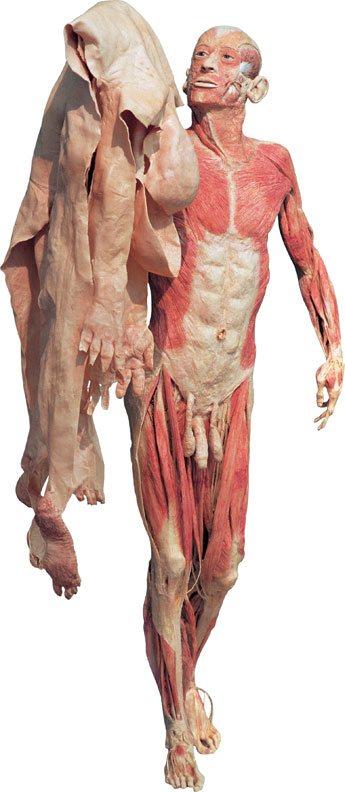
by Art Horne
Still treating only the knee when your patients present with knee pain?
How about taking into consideration your athlete’s “stress” surrounding their upcoming exams as a contributor to their lack of “pop” in the weight room or their lingering back pain?
Although our undergraduate anatomy teachers would like to think that the human body can be pulled apart, segmented and discussed as individual parts, it’s impossible to ignore the relationship and influence that each segment and system has on the others.
Try this exercise:
With your head straight forward, look to your left with only your eyes and then follow with your cervical spine rotating fully to the left. Note the ease of motion and available range of motion.
Pretty good right?
Repeat by looking with your eyes to the left again but this time rotate your cervical spine to the right.
Notice anything?
I’m sure if you’re like everyone else, your cervical rotation the second time when you were NOT looking and turning in the same direction was a little less fluid and somewhat restricted.
Although not usually thought of, the eyes, tongue and breathing (to name only a few) have an incredible impact on either inhibiting or facilitating movement and thus adding or subtracting to the success of your treatment protocol.
The integration of breathing for example has been ingrained within yoga poses and the martial arts since the inception of these practices yet many health care providers neglect its powerful contribution during stretching and tissue lengthening in an effort to maximize their effectiveness. Simple breathing connections can be seen during extension of the thoracic spine and exhalation or movement into flexion of the cervical or lumbar spine being assisted by exhalation for example.
Although many clinicians already use complementary body systems during rehabilitation (verbal cueing, tactile encouragement or modality based biofeedback), consideration should be given to other internal systems to maximize the effectiveness of your treatment protocols.


